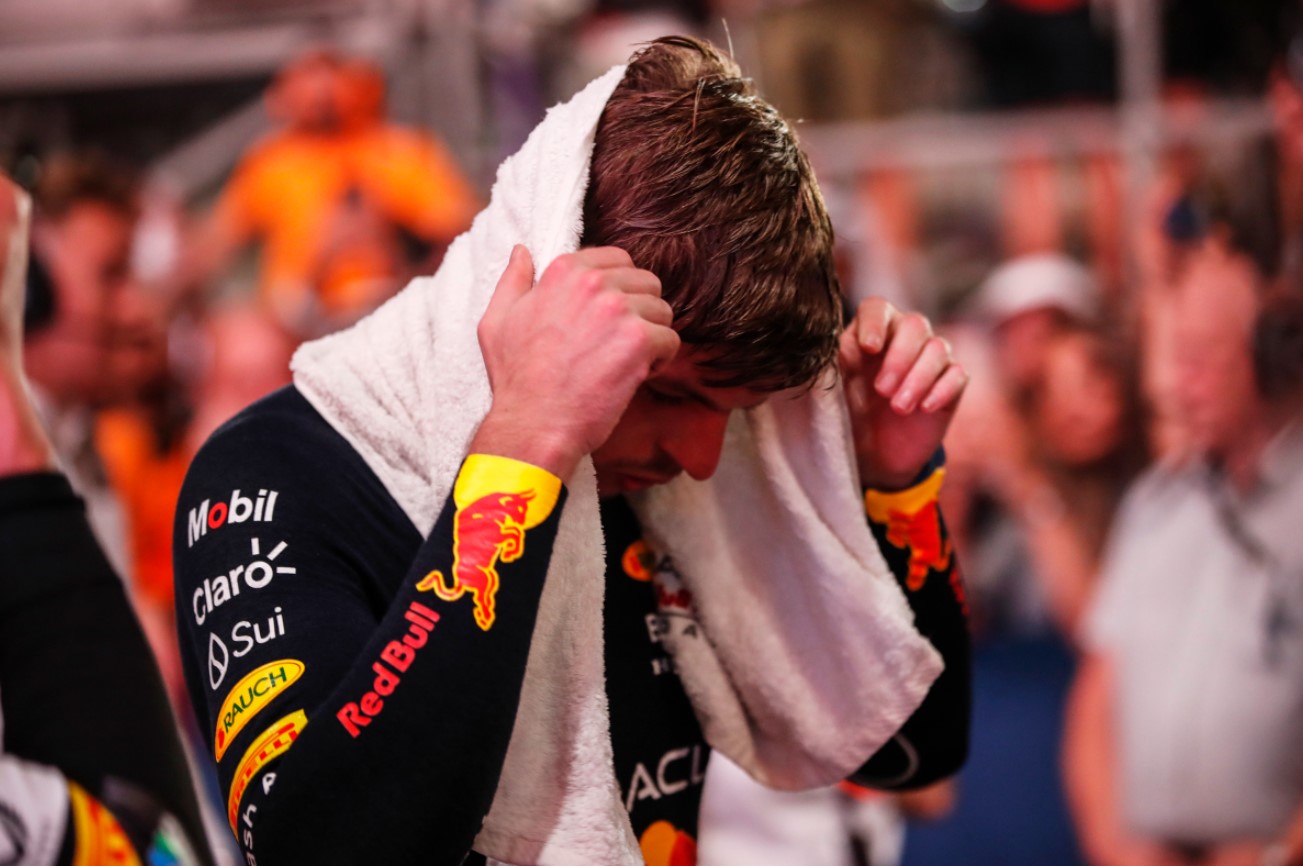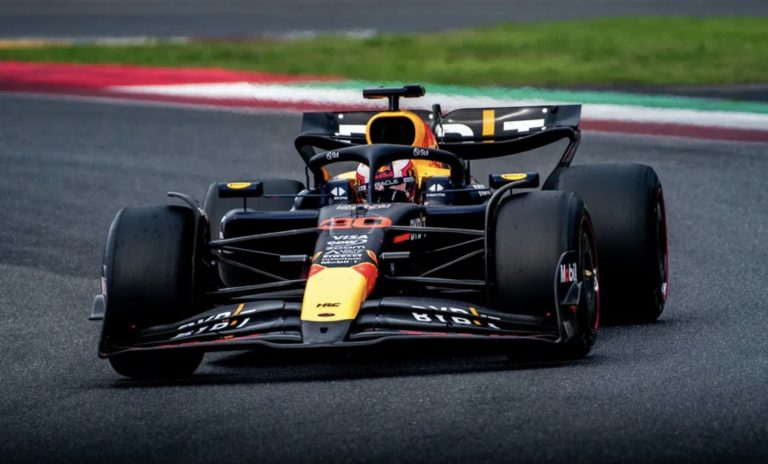G-Force in F1: What Is It and How Much Do Drivers Experience During a Race?
The G-force that Formula 1 drivers endure during races highlights the incredible physical strength required to compete in the sport. While most of us experience G-forces in our everyday lives, such as during a car ride or on a rollercoaster, the forces in F1 are far more intense, demanding peak physical fitness from the drivers.
Let’s dive into what G-force is, how much of it F1 drivers face during a race, and how they train to withstand these extreme conditions.
What Is G-Force?
G-force, short for gravitational force, refers to the force exerted on an object due to acceleration or deceleration. It’s the sensation of weight or pressure you feel when you speed up, slow down, or change direction quickly. In F1, drivers experience extreme G-forces, especially when cornering, braking, or accelerating, and these forces can be several times their body weight.
How Much G-Force Do F1 Drivers Experience?
During races, F1 drivers are regularly subjected to G-forces that push them toward the sides of their cars. In high-speed corners, lateral G-forces can reach up to 5g, meaning the driver feels five times their body weight. For example, a driver weighing 70 kg would experience a force of 350 kg on their body.
In acceleration, drivers experience around 2g, while braking can generate forces of over 6g. The sheer intensity of these forces requires exceptional strength and endurance.
How Do F1 Drivers Train for G-Force?
To endure such high G-forces, F1 drivers undergo intense physical training. They focus on cardio, strength, and endurance exercises, often with a particular emphasis on neck strength. Since the neck must withstand extreme forces during a race, drivers train their neck muscles daily using specialized equipment like head harnesses with resistance bands and weights.
For instance, George Russell can support 30 kg using his neck muscles alone, and Fernando Alonso is known to have the strength to crack open a walnut with his neck.
G-Forces in Crashes: The Highest Recorded
F1 drivers not only experience G-forces during races but also face even higher levels during crashes. One of the most harrowing examples occurred during the 2020 Bahrain Grand Prix when Romain Grosjean crashed at nearly 200 kph, experiencing a force of 67g. Despite the severity, he fortunately escaped with minor injuries.
An even more tragic incident was Jules Bianchi’s crash at the 2014 Japanese Grand Prix, where he collided with a recovery vehicle and experienced a massive 254g. Sadly, Bianchi later succumbed to his injuries, marking one of the most devastating accidents in F1 history.

How the HANS Device Helps Mitigate G-Forces
The HANS (Head and Neck Support) device, introduced in 2003, is a critical safety feature in F1 designed to protect drivers during crashes by stabilizing the head and neck. This horseshoe-shaped carbon fiber collar attaches to the helmet and helps minimize the violent head movements that can occur during high-impact crashes, reducing the risk of serious neck and head injuries.
Conclusion
The G-forces experienced by F1 drivers are a testament to their extraordinary physical conditioning. With the right training and safety measures like the HANS device, drivers can safely navigate the extreme pressures of high-speed racing, even in the face of the sport’s inherent dangers.
Source: https://www.gpfans.com/en/f1-news/1010709/f1-g-force/








